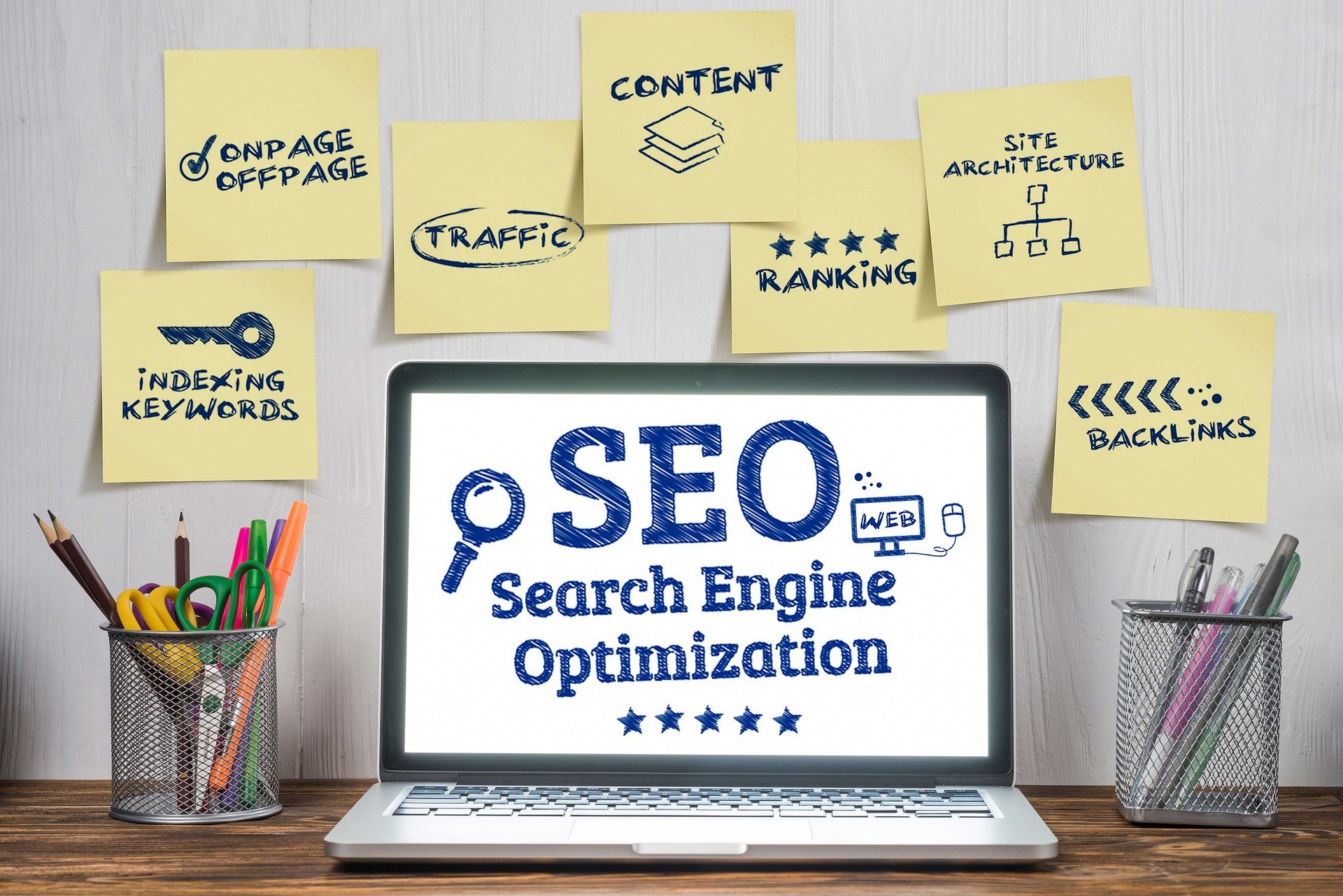One of the biggest issues I see in digital marketing is the lack of understanding of SEO (search engine optimization) and the role of SEO in digital marketing. Oftentimes, SEO is viewed as a “set it and forget it” tactic to help increase traffic to a website, but it’s not given the full attention it deserves (and needs). The reality is, it’s an ongoing process that requires consistent monitoring, measuring and optimizing, but can reap huge long-term benefits that directly impact other digital marketing initiatives.
In this post, we’re going to take a look at the role of SEO in the digital marketing ecosystem and how it can improve your overall digital marketing performance. We’ll also look at what you should be doing to get the most out of your SEO efforts and maximize the impact it has on your digital marketing initiatives.
Role of SEO in Digital Marketing
SEO is a key component of a digital marketing strategy. In truth, it is comprised of three methodologies, often referred to as the “three-legged stool,” as follows:
- Technical SEO (how well is the site actually performing)
- Onsite SEO (keywords and content)
- Offsite SEO (backlinks and external factors)
To better understand its value, let’s take a look at a few ways SEO contributes to the success of your digital marketing initiatives.
Bring Relevant Traffic to Your Website
Users who utilize search engines are seeking a solution to THEIR problem; they may not necessarily know your solution can solve it. Whether the search is informational, transactional, etc., your content can be targeted to search intent – giving the users what they want, when they want it and establishing yourself as an authority. This can help build credibility and trust within your target audience.
Build Brand Awareness
Ranking higher on the Search Engine Results Pages (SERPs) increases the visibility and awareness of your company/brand. This can also feed the success of your social and paid campaigns because your brand is more recognizable and has established itself as a leader in its space.
A key component of SEO that drives brand awareness is known as Domain Authority, a ranking metric developed by Moz that scores a domain based on its likelihood of ranking in the SERPs.
Increased Conversions and Remarketing Potential
Increased traffic to your websites provides the opportunity to feed your marketing funnel through gated assets, which helps build your email lists. Increased traffic also allows you to build remarketing audiences that can be used in paid campaigns. Leveraging remarketing audiences can lead to higher return on investment (ROI) on your lead generation programs because you are targeting people who have already expressed interest in your capabilities.
Data Insights Can Feed Other Content Initiatives
Mining the data from your organic traffic can provide valuable insights into what your potential customers are looking for. These insights can then be used to develop new content, refine existing content, and inform current and future digital marketing campaigns.
Improving the Impact of SEO
SEO plays a vital role in digital marketing and if you’re not doing it effectively, you’re leaving a lot on the table. Below is a series of actions you can take to get your SEO moving in the right direction.
List of Topics
Start by making a list of topics around which website content will focus. These won’t necessarily be the exact keywords you’ll be targeting, but the topics under which those keywords will fall.
Content Audit
Now that you have the topics around which your SEO efforts will focus, you need to perform a content audit. The content audit takes inventory of what you currently have on your site and evaluates how closely it matches the list of topics you previously created.
Understanding where you are and where you need to be content-wise will help form the roadmap for your content initiatives over the course of months and years to come. You can use the Content Audit Template at the bottom of this blog as a guide to performing your audit.
Categorize Your Content by Keyword Intent
Keyword intent describes the purpose behind a user’s search. It’s the “why” part of the search and can be divided into four categories:
- Informational
- Searching for information on a topic. Most potential to build traffic and audience, establish thought leadership
- Example content: blog posts
- Navigational
- Searching for a specific site or brand. Sometimes it’s a physical address/location or phone number. It could also be for job opportunities and customer support
- Example content: customer support page, contact page, employment opportunities
- Transactional
- Looking to purchase at that moment
- Example content: product pages, service pages
- Commercial
- Intention to buy. In-market audiences researching a specific product/service/solution.
- Example content: service pages, solution briefs, white papers
Matching your content to the user’s search intent improves your chances of ranking for a particular keyword and provides an opportunity to give the user exactly what they’re looking for at that given moment.
Revisit your content audit from above and categorize the content by keyword intent. This will help you better understand the type of content you have on your site and what you will need to tweak after you perform keyword research.
Keyword Research
Once you have completed the content audit, you should have a clear picture of the topics represented thoroughly on your site as well as the topics needing attention. You should also have a good idea of the type of content on your site and how it aligns with search intent.
Armed with this information, you can now begin the process of keyword research. This is where you determine the exact keyword/keyword phrases you’ll use in your content, based on the topics listed previously. If keyword research is unfamiliar to you, check out How to Choose the Right Keywords on the Ahrefs blog.
Once you’ve done your keyword research, you may need to re-evaluate your content audit to make sure it aligns with the topics and search intent that make sense for your business.
Develop new content and/or revamp old content
Based on your content audit and keyword research, develop new content for the site to fill in areas in which your site is weak or underperforming. Can old content be re-written/updated to better align with findings from keyword research? Updating old content can provide quick returns with far less effort than creating new content. Just a few minutes of content refreshing along with a structural (technical SEO) review can reignite the search engine algorithms and increase both your ranking and your domain authority.
Evaluate and adjust
Like any other marketing initiative, your SEO efforts will need to be evaluated and adjusted over time. Plan to evaluate your progress over several months. As you track traffic to your site using tools such as Google’s Search Console, you can gain insight into the exact search terms people are using to find your content and how well you rank for those terms. You may also gain invaluable insight into additional keywords and opportunities you didn’t find during the initial keyword research phase. It is critical you understand how you are going to measure success. In other words, what does a “win” look like? Is it an increase in domain authority? An increase in thought leadership page views? Inbound leads? Whatever the business objective may be, a clear understanding of the goal line (and the fifty yard line actually) are essential to claiming victory.
SEO plays an invaluable role in your digital marketing ecosystem. The long term gains are more sustainable than paid campaigns and/or organic social campaigns. It can improve the overall effectiveness of your other digital marketing activities and can lead to valuable insights for future content marketing initiatives.
Getting the most out of your SEO requires you to be committed for the long haul, so you can’t expect immediate results. However, the potential benefits extend well beyond the initial money and time investment.






